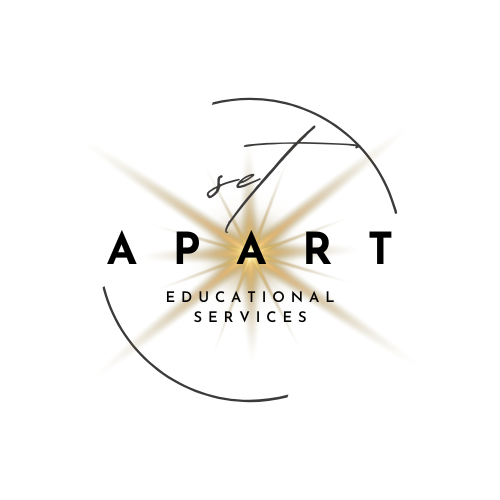What is Autism?
-
Understanding autism spectrum disorder (ASD) requires recognizing both its clinical definition and its diverse manifestations. While each person's experience with autism is unique, having a clear medical framework helps ensure children can access appropriate diagnoses and support services. At its core, ASD is a neurodevelopmental condition that can affect social interactions, communication patterns, and behavioral flexibility. When properly identified, these challenges can be addressed with targeted interventions that help individuals develop their full capabilities.
-
Not all autistic children will have all these behaviors, but most will have several of the behaviors listed below. That’s why professional evaluation is crucial.
Early Signs in Toddlers
Social Communication:
Doesn't respond when called by name
Avoids eye contact or looks away during interactions
Shows limited interest in interactive games like peek-a-boo
Rarely shares discoveries or experiences with others
Struggles to follow others' pointing or gaze
Uses others' hands as tools rather than communicating needs
Behavioral Patterns:
Prefers solitary play beyond age 2
Engages in repetitive behaviors (hand flapping, rocking, spinning)
Shows intense focus on specific objects or toy parts
Repeats words or phrases (echolalia)
Lines up toys in specific patterns
Becomes distressed by routine changes
Sensory Responses:
Shows strong food texture preferences
Displays sensitivity to certain fabrics or tactile experiences
Demonstrates unusual interest in specific objects
Signs in Older Children
Social Understanding:
Struggles with reciprocal conversation
Has difficulty reading social cues and body language
Shows limited interest in peer relationships
Prefers interactions with adults or younger children
Challenges with understanding others' perspectives
Difficulty recognizing sarcasm or non-literal language
Communication Style:
Focuses on specific topics intensely
Speaks in monotone or unusual patterns
Repeats phrases from media
Combines verbal and non-verbal communication ineffectively
Behavioral Characteristics:
Strong preference for routines
Difficulty transitioning between activities
Intense focus on specific interests or collections
Challenges with personal space awareness
Shows resistance to social expectations and norms.
It is important to note that children with ASD may not have all or any of the behaviors listed as examples here.
-
Identifying autism in the early stages creates opportunities for both children and families. Early diagnosis enables timely intervention and allows parents to thoughtfully map out educational strategies and support systems. When families receive an autism diagnosis sooner rather than later, they can begin building a framework for their child's future with greater confidence and direction.
The Power of Early Brain Development
Young children possess remarkable neural plasticity – their brains exhibit enhanced adaptability and responsiveness to change. This natural flexibility means that therapeutic interventions introduced during early childhood can have a more significant impact. Early treatment can help establish positive behavioral patterns, address challenging behaviors, and support smoother transitions to new routines and skills.
Building a Foundation for Success
Early childhood presents a crucial window for developing essential life skills. When children receive autism-specific support during these formative years, they have better opportunities to build coping strategies and reduce potential difficulties. Early intervention provides children with valuable tools and techniques to navigate challenges, setting a stronger foundation for their ongoing development. Without early support, children may face greater obstacles in developing these essential skills as they mature.
-
A Modern Approach to Diagnosis
Remote autism evaluations enable qualified professionals to assess children through home-based video observations, delivering diagnostic accuracy comparable to traditional in-person methods while enhancing accessibility for families. Here's what the process typically involves:
Assessment Components
The evaluation process combines several key elements to build a comprehensive understanding of your child's development. Clinicians employ standardized diagnostic tools adapted for virtual use, conduct thorough parent interviews about developmental milestones and concerns, and observe real-time interactions through video sessions. After completing the assessment, professionals provide detailed reports outlining their findings and specific recommendations for support.
Advantages of Remote Evaluation
Virtual assessments break down geographic barriers, making specialized care accessible to families in remote areas. Children often display more natural behaviors in their home environment, leading to more accurate observations. The flexible scheduling options help families maintain their regular routines while completing the evaluation process.
Essential Preparation and Limitations
Success depends on capturing clear video footage with proper lighting and sound quality to ensure accurate clinical observations. Maintaining open dialogue with your clinician about specific concerns helps guide the assessment effectively. While virtual evaluations serve many families well, complex cases may still require in-person assessment, as remote options complement rather than completely replace traditional evaluation methods.
